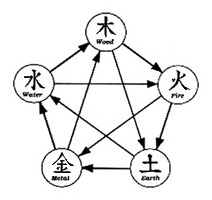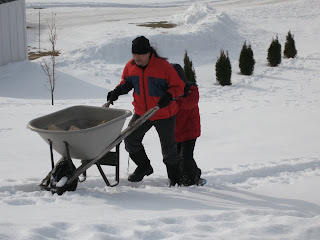"This kata seems to have been brought to Okinawa by Higaonna Kanryo, who is said to have learned it under Master Ruru Ko, or perhaps under Wai Xinxian, who is said to have taught at the old Kojo dojo at Fuzhou City in Fujian Province. Recent research has indicated that Ruru Ko was actually Xie Zhongxiang, founder of Whooping Crane Kung Fu, but this kata is not included within that style, thus hinting that Higaonna had either learned it elsewhere, or else developed it himself. However, here we run into a problem, as Nakaima Norisato (founder of Ryueiryu Karate Do) is also said to have learned this kata under Ruru Ko. Another theory is that Miyagi Chojun may have been responsible for creating this form or introducing it from other sources.
The Seiunchin is written in kanji as “Control, Pull, Fight” by many Okinawa Gojuryu stylists, as well as Isshinryu teacher Uezu Angi (son in law of Shimabuku Tatsuo Soge). A good example is the “rein-forced block” which can actually be applied as a wrist-crushing joint lock (Tokashiki, 1995, referring to a hidden technique), and the “archers block” (another “common name” for the “sleeve catch which one performs in the beginning of the kata during the first three moves) which can be used as a throw (Higaonna, 1981; Kai, 1987). I (Sensei Gagnon) shall demonstrate this hidden technique sometime.
Otsuka Takahiko, a Gojuryu teacher who has spent considerable time in China and Taiwan researching the roots of his system, tells us that his studies indicate that Seiunchin may mean “Follow-Move-Power” which would be pronounced Sui Yun Jin in Mandarin Chinese (Otsuka, 1998). Kinjo Akio says that his investigations have revealed to him that Seiunchin may be from a Hawk style of Chuan Fa (Chinese boxing), and may mean “Blue-Hawk-Fight” which is pronounced Qing Ying Zhan in Mandarin, or Chai In Chin in Fujian dialect (Kinjo, 1999).
This kata is preserved in many modern styles of Karate Do, including Gojuryu, Shitoryu, Isshinryu, Shoreiryu, Kyokushinkai (Oyama Matsutatsuo Soge), Shimabuku Eizo lineage Shorinryu, Ryueiryu, and several others. In the Advincula Sensei tapes, one can easily watch the performance of Seiunchin by Shorinryu and Gojuryu practitioners, making comparisons between these stylistic interpretations and that which Advincula Sensei performs as representative of Shimabuku Tatsuo Sensei's original kata."-http://www.stamfordisshinryu.com/id198.htm





